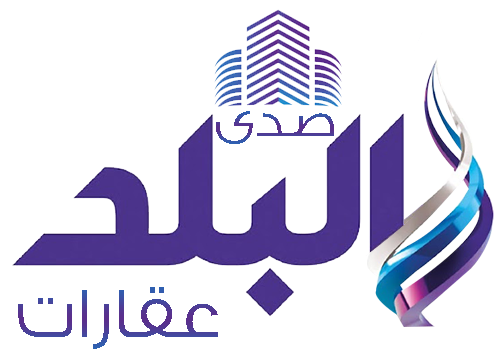The Ben Ezra Synagogue is considered one of the oldest Jewish synagogues in Egypt; as it contains numerous valuable books related to Jewish customs and traditions and their social life in Egypt, in addition to the Geniza, which is a collection of some 400,000 Jewish manuscripts fragments and administrative documents; important to scholars interested in social affairs of Jews in Egypt.
Temple history:
The temple is attributed to Abraham ibn Ezra, one of the great Jews of the Middle Ages. The construction of the temple dates back to the 12th century, and it was rebuilt in the 19th century.
The architectural layout is similar to churches, as it was originally a church that was converted into a Jewish temple. It is a rectangle in area with facades devoid of decorations. On the inside, it follows the basilica style, as it is divided by two porticoes into three parallel porticoes, the middle of which is the widest, and in the middle portico there are two platforms, the first is known as the Miracle Atlas, while the second is the prayer platform (bima).
On the second floor, there is a ladies’ prayer balcony, occupying three sides, with two rooms at its ends for belongings and a geniza. There is a well behind the temple for purification, with which ablution is performed before entering the temple, especially washing the feet.
As for the ceiling and walls of the temple, they are covered with gypsum and have geometric and floral decorations (arabesques). In the middle of the temple is the prayer hall, and the bima, which is made of marble.
As for the libraries of the southwestern corridor, they consist of six adjacent cupboards, united by one rectangular frame, and each is decorated with ivory and nacre and has inscriptions in Hebrew. The geniza was discovered for the first time during the restoration of the temple and the collapse of the roof of the geniza room in 1890.
Temple restoration project:
The Ben Ezra Temple witnessed a number of restoration works, the most important of which was in 1889 when most of the building was demolished and rebuilt according to the old building style known as the Basilica style. In 1982, comprehensive restoration work was carried out on the temple by a mission from the Canadian Center for Architecture in cooperation with the Supreme Council of Antiquities, which took about ten years, and included architectural and careful restoration of the temple furniture and tools.
As for the temple restoration project, which was recently inaugurated, it includes architectural and meticulous restoration work, as well as work to treat and prevent erosion of the temple’s ceilings, isolating the surfaces with the best insulation methods. The restoration also included cleaning and treating stones and re-formatting the site in an appropriate manner that allows a better view of the monument, in addition to maintaining the entire lighting system.
Moreover, restoration work was also carried out on the archaeological decorations and the library, in addition to cleaning the copper, and iron units as well as the marble columns in the Synagogue.












